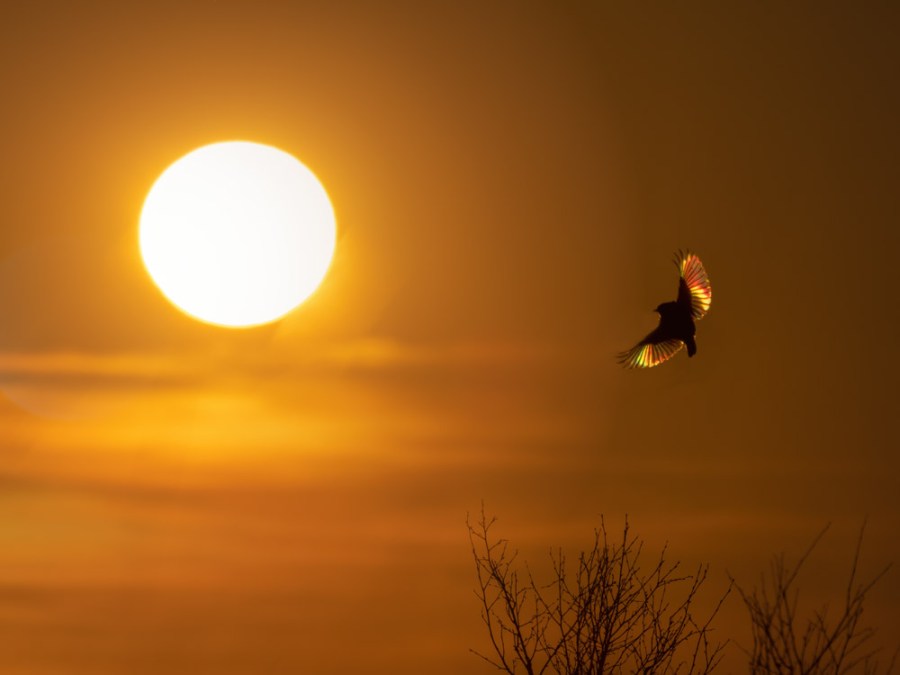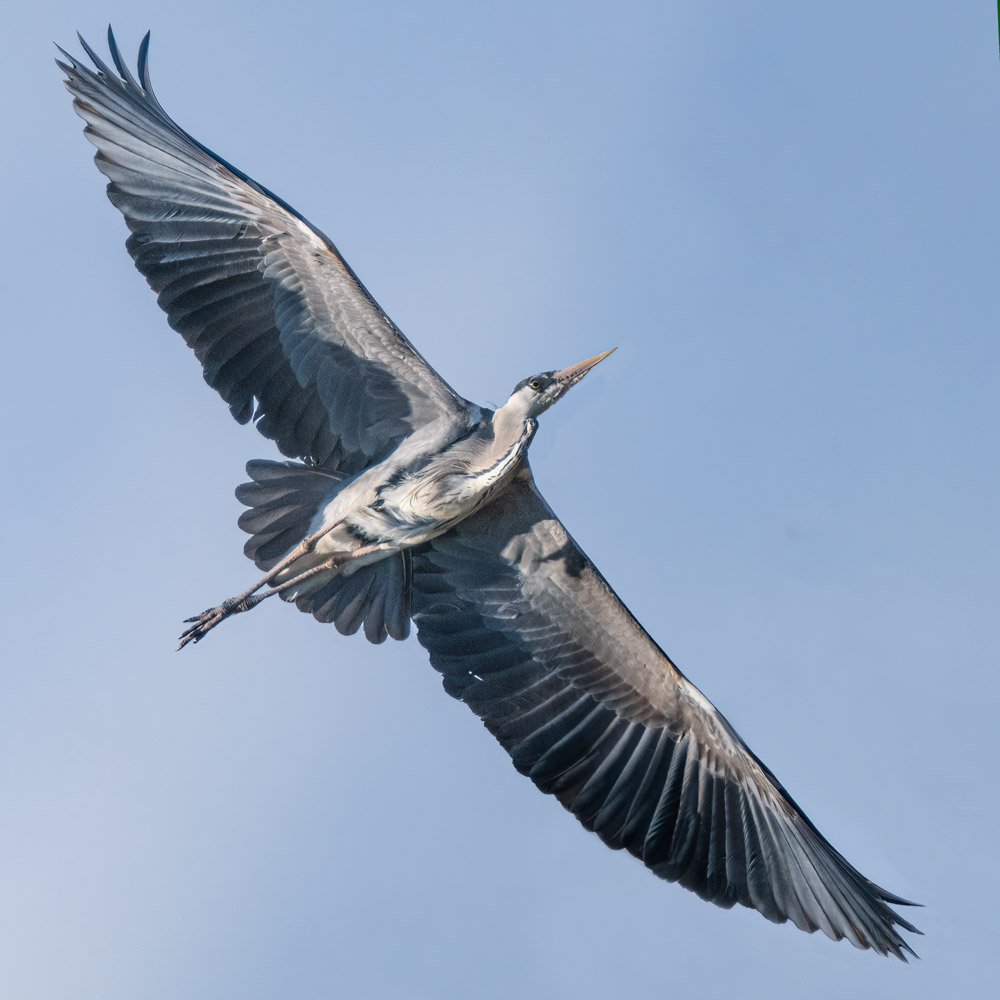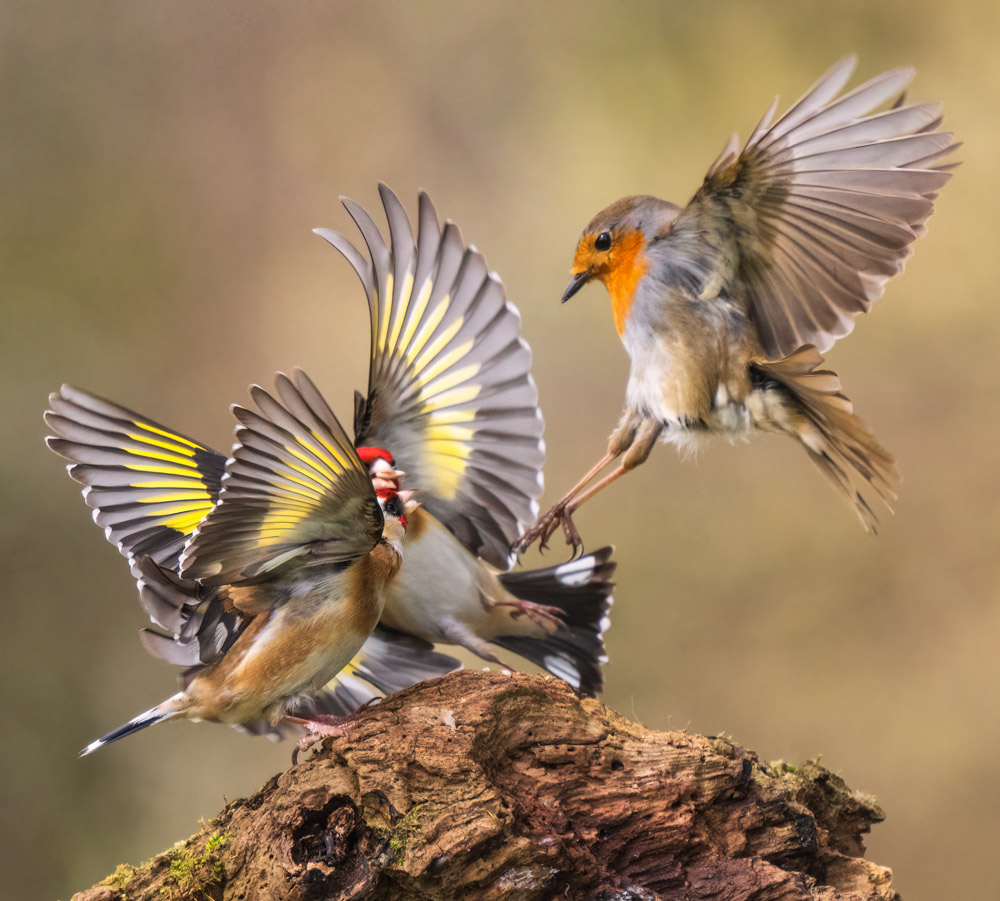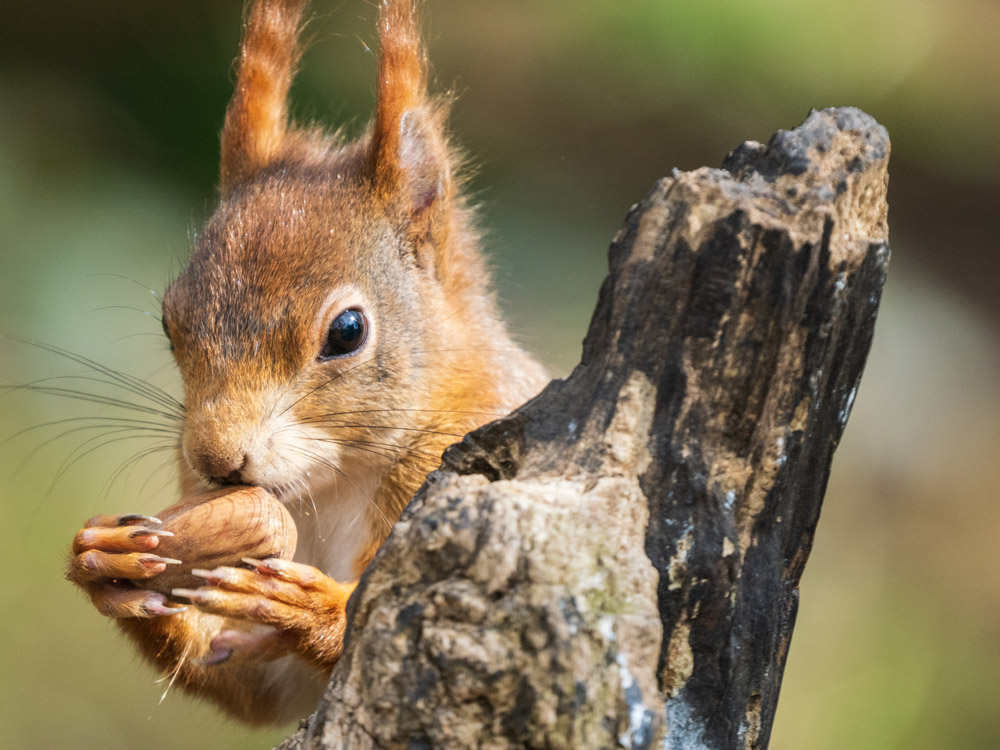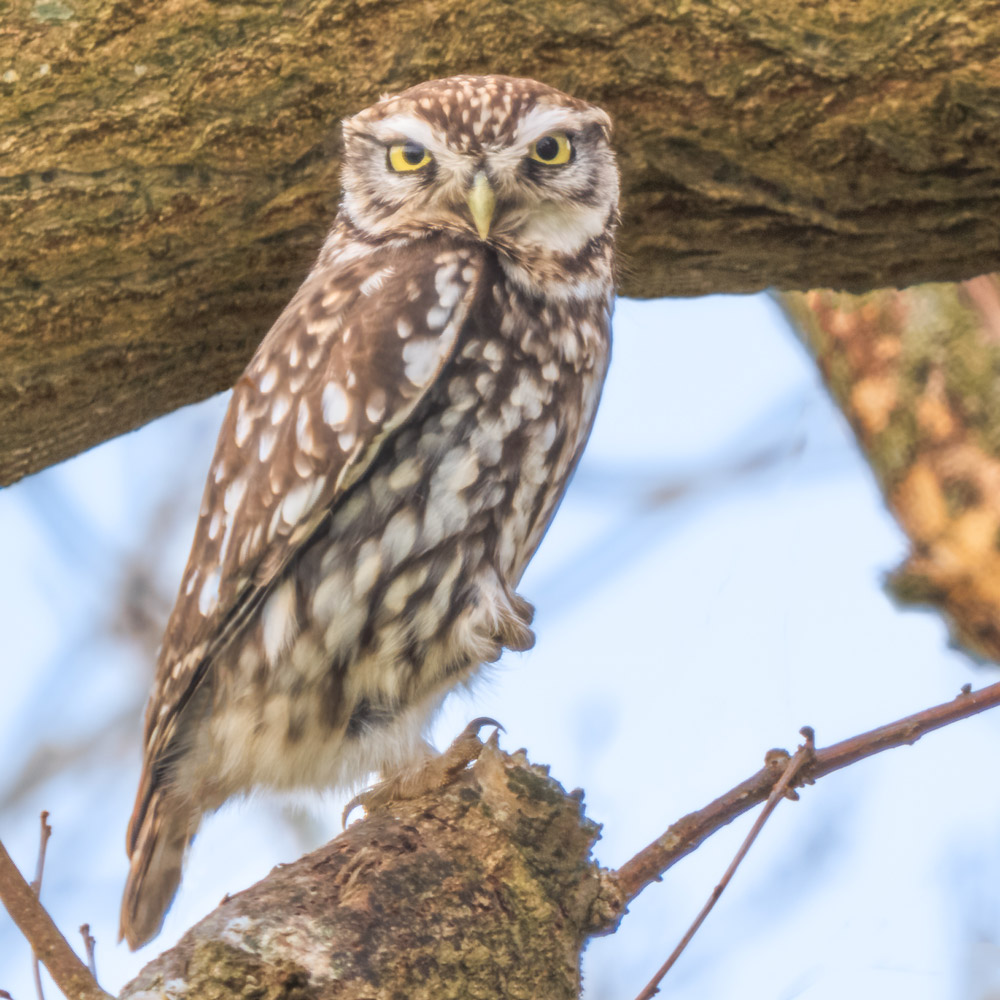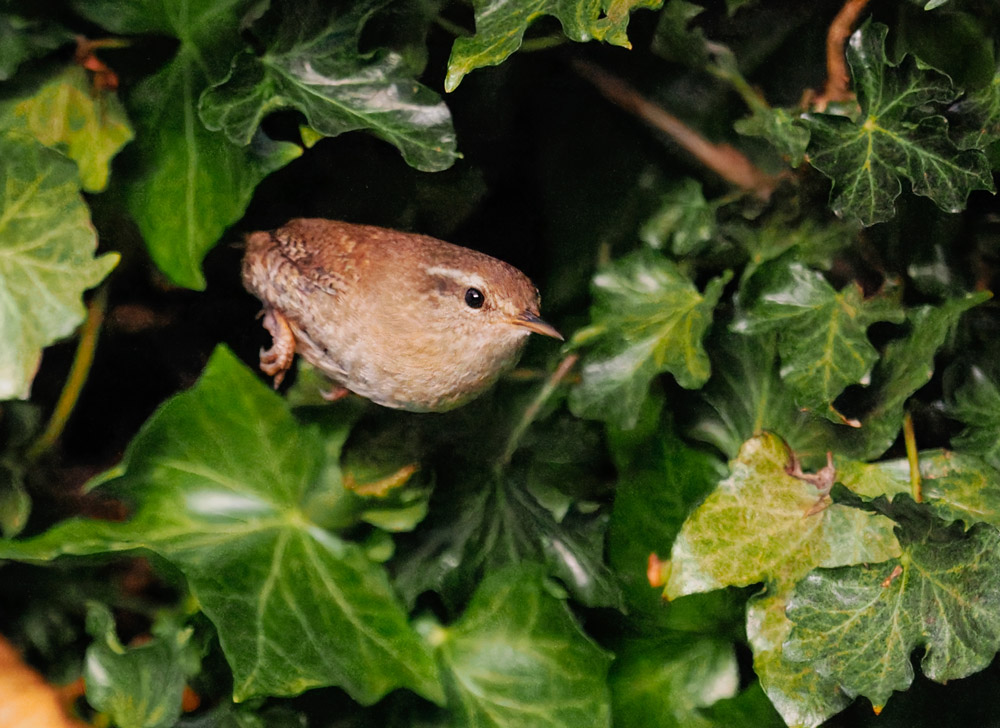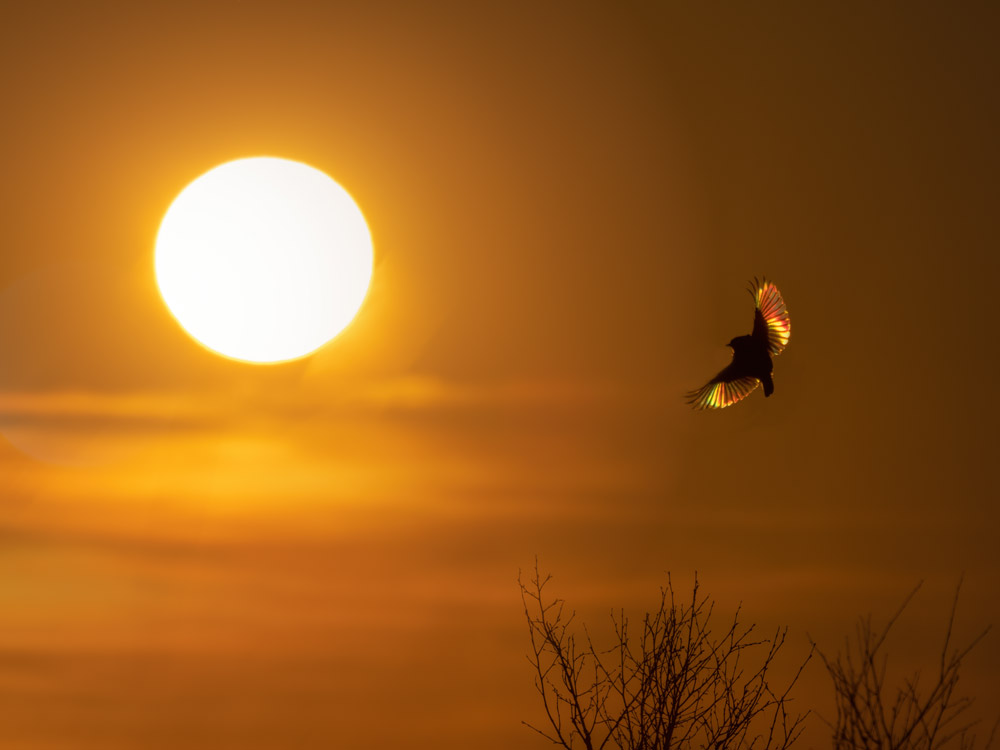The OM System OM-1 is the first camera brought out by Japan Industrial Partners, who bought the imaging division of Olympus back in January 2021 and renamed it OM Digital Solutions (OMDS). Rather confusingly, despite being sold under the new OM System brand, it still carries the Olympus name on the body, in a clever nod to the first Olympus film OM-1 that came out 50 years ago. But it will be the last camera with that name. OMDS put out a lot of pre-launch hype around the OM-1, suggesting that this was a camera that would make photographers say ‘wow’. But was this over-hyped, or does it live up to its billing?
In contrast to the tinkering around the edges when the Olympus OM-D E-M1 Mark III succeeded the Mark II, the OM System OM-1 is a different beast altogether. It gains ramped-up computational photography, with the hand-held hi-res mode now getting its own button, and processing sped up to under five seconds. The weather sealing is now rated IP53, which would explain the two recessed dials, and the five-axis in-body image stabilization (IBIS) has been slightly improved with up to eight-stops of image stabilization. The menu system has been completely revised to a horizontal format that feels far more user friendly, with related functions grouped together. It’s not just handheld hi-res which now processes super quick; there are also similar speed improvements to focus stacking and other computational features.
Olympus OM-1 At a glance
- 20.4MP Four Thirds stacked CMOS sensor
- ISO 80-102,400 (extended)
- 1,093-point Quad pixel AF
- 50 fps with C-AF, 120 fps with AF locked
- 5.76m-dot EVF, 0.83x magnification
- 1.62m-dot 3in articulated touchscreen
- 5-axis in-body stabilisation
- IP53 weather resistance
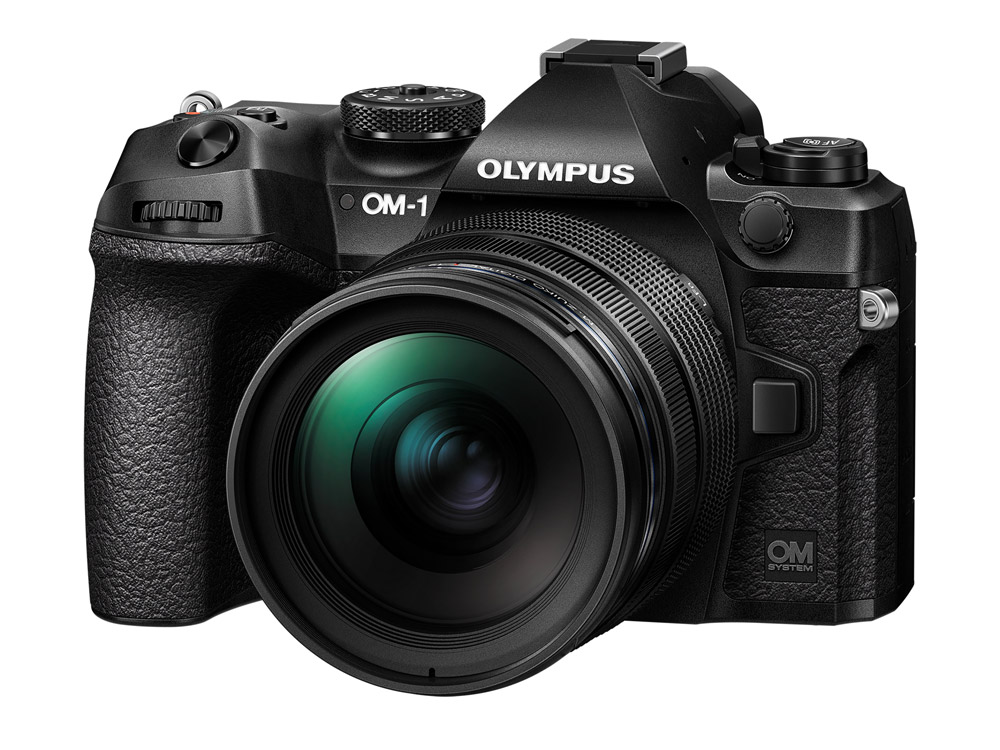
OM System Olympus OM-1
As I’m a stills photographer, this review won’t cover video but it’s worth noting that OM Digital Solutions is certainly keeping up. The OM-1 supports internal DCI 4K/UHD recording in 10-bit 4:2:0 colour at up to 60 fps, Full HD H.264 at 240 fps or H.265 up to 200fps, and DCI 4K 12-bit 4:4:4 ProRes RAW output.
As an OM System ambassador, I was fortunate enough to get a loan body before the release date and have now had a few months to put the new camera through its paces to see if it lives up to the hype. Out of the box, I was as ever impressed with the handling and ergonomics – the new shutter button is larger and fits better under my finger – though the new recessed dials are not so easy to use wearing gloves. The grip is fantastic, and I love the fact so much tech is hidden in such a small form factor. I would happily call this an E-M1 Mark III on steroids. OMDS has obviously responded to the criticisms of the E-M1X, as the OM-1’s strength lies in the smaller form factor and the other recent new Micro Four Thirds camera, the Panasonic Lumix GH6, is very noticeably larger and heavier.

Andrew Fusek Peters with the Olympus OM-1
OM Digital Solutions is marketing the OM-1 as an outdoor camera and one of my first trips was to a secret heronry in a quarry on the Shropshire border. It was a clear crisp day and when I got to the site, the herons were sitting on their huge nests. I had already set up one of my custom buttons to a bird in flight setting – which was using the basic 18 frames per second silent shutter and large AF area to cover the middle of the sensor. More importantly, the inadequate bird-tracking subject detection of the E-M1X has been souped up. With my E-M1X, I could get a bird when it was perched and still. However, the moment it took off, the AF struggled to find its target. This was my first proper test to see if the new system did it any better.
With both my E-M1 Mark III and E-M1X, I used C-AF for birds in flight, as I did with my full-frame set up before that. I wondered if taking away the skill in placing the focus point on the bird would mean that now the camera would do all the work. My first experience was a revelation. As the heron soared into the sky, I still had to use my experience as a bird photographer to follow the action, but suddenly the camera was working with me, and almost instantly picking up the bird. We use the term ‘sticky’ for really good AF, and here was first proof – not only framing the heron, but the eye was pin sharp. As a side note, I felt that finally, here was the body that was meant to partner with the 150-400mm f/4.5 Pro telephoto zoom, which has begun to deliver result after result.
Testing bird AF with Pro Capture
With a two metre wingspan, capturing the heron was a mild workout for the OM-1 – the bird moves slowly and gracefully. But what about small birds? Would it be able to keep up? I had my answer that afternoon as the goldfinches squabbled around the feeders in my garden. I set the C1 custom button to bird tracking, 50fps and Pro Capture SHS2. I can’t emphasise how much I was waiting to be let down. Could a Micro Four Thirds camera really cope with fast moving small birds?
Pro Capture is one of the essential highlights of Olympus bodies. On the OM-1, with a half press of the shutter, it continually buffers up to 50 frames per second with full bird-tracking AF. When a fight or take off happens, as long as you press your finger down pretty sharpish, you will never miss the moment again. The E-M1 Mark III could only manage Pro Capture at 18 fps with tracking, or 60 fps with fixed focus. Much of my published work has used Pro Capture High, where the focus was fixed on the first shot. I therefore needed the birds to take off in the plane of focus. With this new body, I had the chance to track movement as it happened.
A robin suddenly came in hoping to get a few of the hidden sunflower seeds. It was more than happy to take on two feisty goldfinches. I let the OM-1 go to work, and the moment of wing flare was captured in all its brutal glory. My only criticism, and perhaps it’s unfair at this reasonable price point, is that OMDS only gave us UHS-II SD card slots. With the incredible high-speed burst rate, and sometimes shooting up to 10,000 photos in a day, a CFexpress slot would make a huge difference. I really hope to see that in future bodies, as time spent saving files to disk is lost time shooting.
Taking subject detection to its limits
I put my E-M1 bodies in the cupboard as it was obvious that the OM-1 was living up to expectations, yet one of the things that annoyed me was that it only had cat and dog subject recognition. This is no insult to pet photographers, but the OM-1 is meant to be class-leading body for wildlife and outdoors. But I do hope that OMDS is working on a firmware update to introduce more general animal-tracking AI. However, I started wondering if I could adapt the subject detection to similar looking species such as fox, squirrel, badger etc.
I organised a trip to Anglesey and to the red squirrel feeding station set up by Hugh Rowlands at the Dingle Nature reserve. Hugh’s hard work has meant that the squirrels are quite relaxed around humans, as long as you don’t jump up and shout too much! With the OM-1 set to Cat & Dog, I was staggered at how well it tracked squirrels for both portrait and action shots. The tracking is not perfect but as has been noticed elsewhere, when animals or birds are hidden in branches, there are very few systems that can automatically pick them up. Once there is a clear view, it’s speedy, and 9 times out of 10, the eye focus is tack sharp. In this case, it was instantly able to pick up the squirrel slightly behind a tree stump. It enables a different type of photography, where your framing skills and responding to the moment act in collaboration with the camera.
Hand-held high-res for wildlife
OM Digital Solutions has added two new game-changing features to hand-held hi-res. To recap, with the E-M1X and E-M1 Mark III, the IBIS set up was used to move the sensor very slightly and take 16 photos in fast succession, combining them together in-camera to output to a 50 MP file in either raw or JPEG. That hasn’t changed, but quick access to the feature is now available at a single press of the video record button. Even better, the new processing engine returns a result in about 5 seconds, at least twice as fast as previously. Combining 16 photos in this way also increases dynamic range and noise performance.
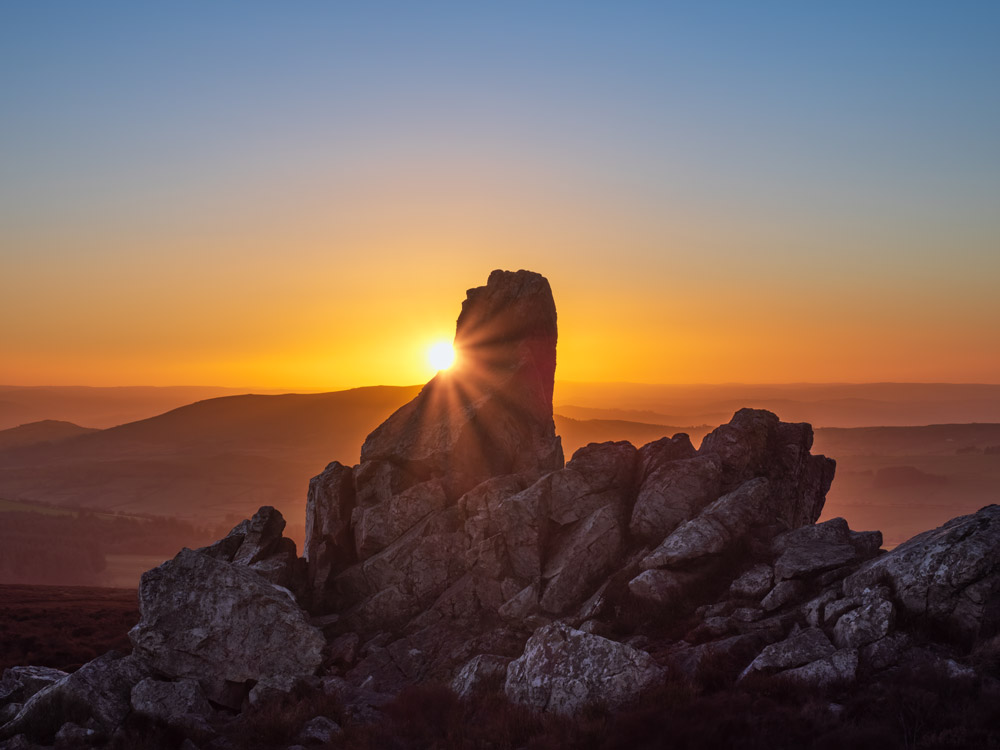
Handheld Hi-Res Sunset at Diamond Rock, Stiperstones, Landscape, 1/200sec, F11, ISO 160, 12-40mm f2.8 II, Olympus OM-1
My first test at sunset was to get the starburst effect of the sun as it went behind Diamond Rock on the Stiperstones. I don’t use filters, but keep ISO low and expose for the highlights. With the new 12-40mm F2.8 Pro II lens, which has noticeably less flare than its predecessor, I pressed the button for hi-res and took the shot. Unbelievably quickly, I had my raw result. One big change is that it now seems to cope better with the sun flare, when previously it could not reproduce the star effect in composite mode. When processing, I had tons of latitude in lifting the shadows and this has become a convenient landscape tool for clean, clear detail.
I wanted to stretch the feature further when I was working with the local little owls. They are notoriously shy, so I knew that this one would fly as I walked towards the tree it was perched in. I was a very long distance away, with my OM-1 and 150-400mm lens with its built-in 1.25x converter engaged and the MC-14 1.4x teleconverter attached to give me 1400mm equivalent lens. It was still not enough, so I pressed the video button to switch into hand-held hi-res mode, and hoped for the best.
Here’s where the incredible IBIS of the body did me a double favour. At this reach, it would seem ridiculous to hope for a rock-solid result over 16 shots. But the stabilisation is uncanny and if your bird or species doesn’t move in that time, you are in with a chance. The final file blew me away. It was richly detailed and at 50MP, I could crop in deeply and get a publishable picture. The fact it’s so quick to access means I can respond immediately to changing situations out in the field. This is now a practical tool for any wildlife that does not move.
Olympus OM-1 High ISO image quality
I have not generally had a problem with high ISO with my previous Olympus bodies. It’s a myth that this is the Achilles’ heel of Micro Four Thirds. Yes, full frame is better, but if you expose properly, you can get very good results, especially since DxO’s DeepPRIME noise reduction came out and gave me files that are clean and without artefacts. But the limit was pretty much ISO 5000 and even then, a fair amount of detail was inevitably lost.
Out of the box, one of the first things I noticed with this new sensor was not lack of noise, but how pleasant and workable the grain is. OM Workspace does a decent job with its AI noise reduction and Topaz Denoise is not terrible, either. There is no update yet for DxO so it will be interesting to see what it can do with the new files.
Meanwhile, I have started to relax about shooting fast in low light situations, not worrying about noise. A male wren started to build a nest in our garden. It kept landing on a single spike of yucca and then launching up into the ivy carrying leaves and feathers in its tiny beak. Here was the ultimate challenge, on a cloudy day, in a shady spot with a very small bird. Could the OM-1 cope? At 50 fps, with Pro Capture engaged, it had no problem picking up and following the bird as it flew upwards. The raw was 5000 ISO in poor light.
If the eye is sharp, the rest comes together and the file cleaned up. Suddenly, my work and photographic aspiration have, like this little bird, made a leap. The tracking even managed to capture the wren flying out of the ivy. Shot at ISO 12,800, I was pleased with the result.
OM System Oympus OM-1 Conclusion
As with my wildlife work in generally, serious time put in pays off. I have really stretched the Olympus OM-1 in the last few months. But is the ‘Wow’ hype justified? With a couple of caveats, I would say yes. We do need faster card slots and I hope the next firmware gives us proper ‘Animal’ subject detection. However, I can absolutely see from the early results, that this body and the superb PRO glass to go with it, will take me on my next steps as a wildlife photographer.
Finally, there is a word ‘kokoro’ in Japan that can mean spirit and heart. Artisans and makers have often talked about how their best work carries some essence of themselves. I have had the feeling since I moved to Olympus from full frame in 2018, that the cameras actually conspire with you to take good photos. If they had a spirit, it is almost puppyish and eager to please. The OM-1 carries on that tradition, of faithful outdoor companion who will never abandon you or let you down.
Finally, at sunset on Whixall Moss, a stonechat was perched on some branches. He kept on flying up in a flutter and landing again and as he stretched his wings, they turned into stained glass. Long reach, Pro Capture, light weight, and an eager responsive body all helped me nail beauty, light and delight.
Andrew Fusek Peters is an OM System ambassador, and specialises in wildlife and landscape photography, he has previously tested the Olympus 150-400mm f/4.5 TC1.25x IS PRO lens for AP. Andrew’s photos regularly appear in the national and international papers including the cover of the Times twice, Guardian pictures of the week, Der Spiegel photo of the week, and magazines such as BBC Wildlife, Birdwatch, Digital Camera, Country Life and Country Living. His books include Hill & Dale. See more of his work on: fusekphotos.com, Instagram, and Twitter.
Additional reading:
Read our OM System Olympus OM-1 Bird photography shooting experience
Read our OM System ‘Olympus’ OM-1 review

